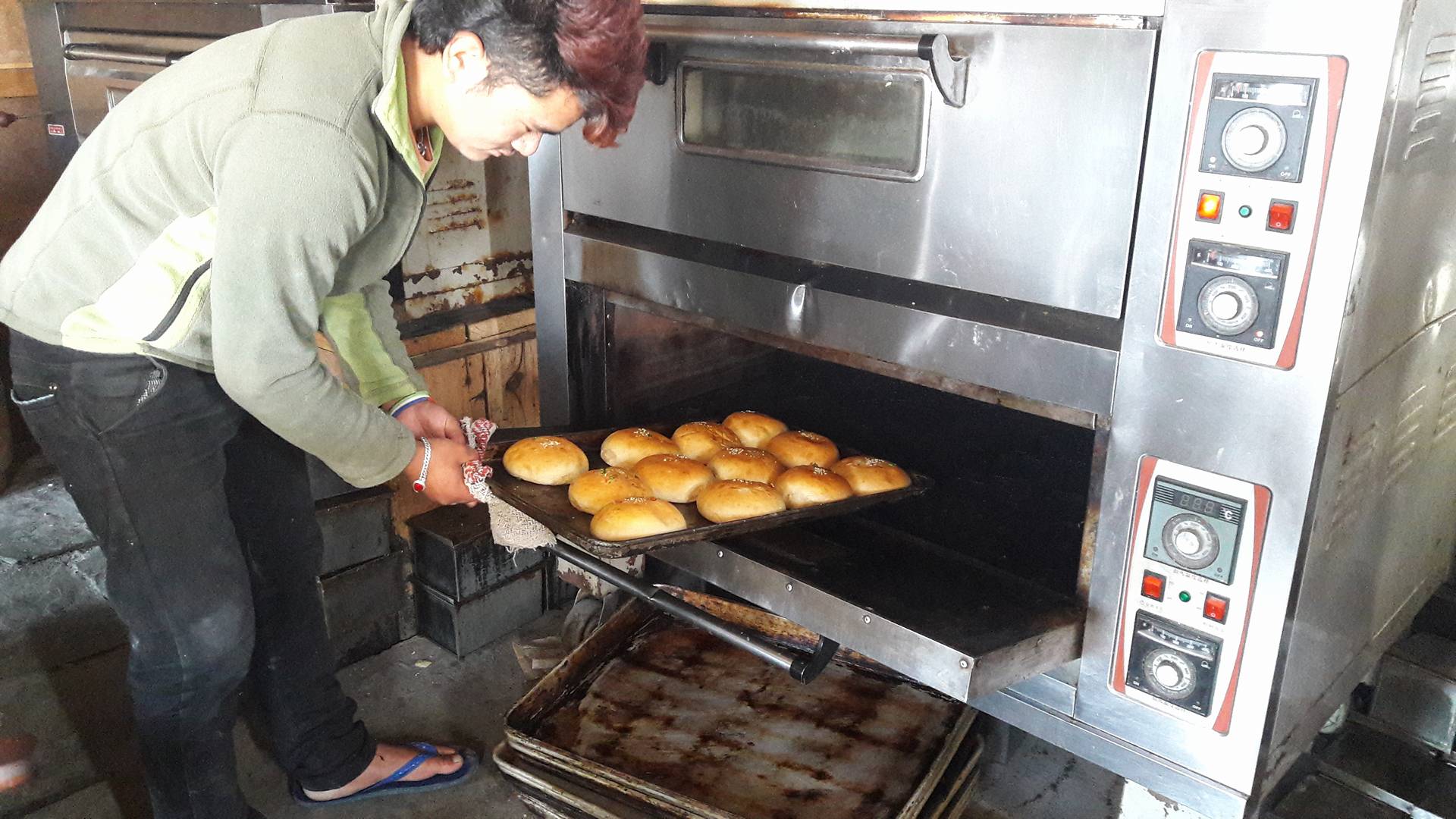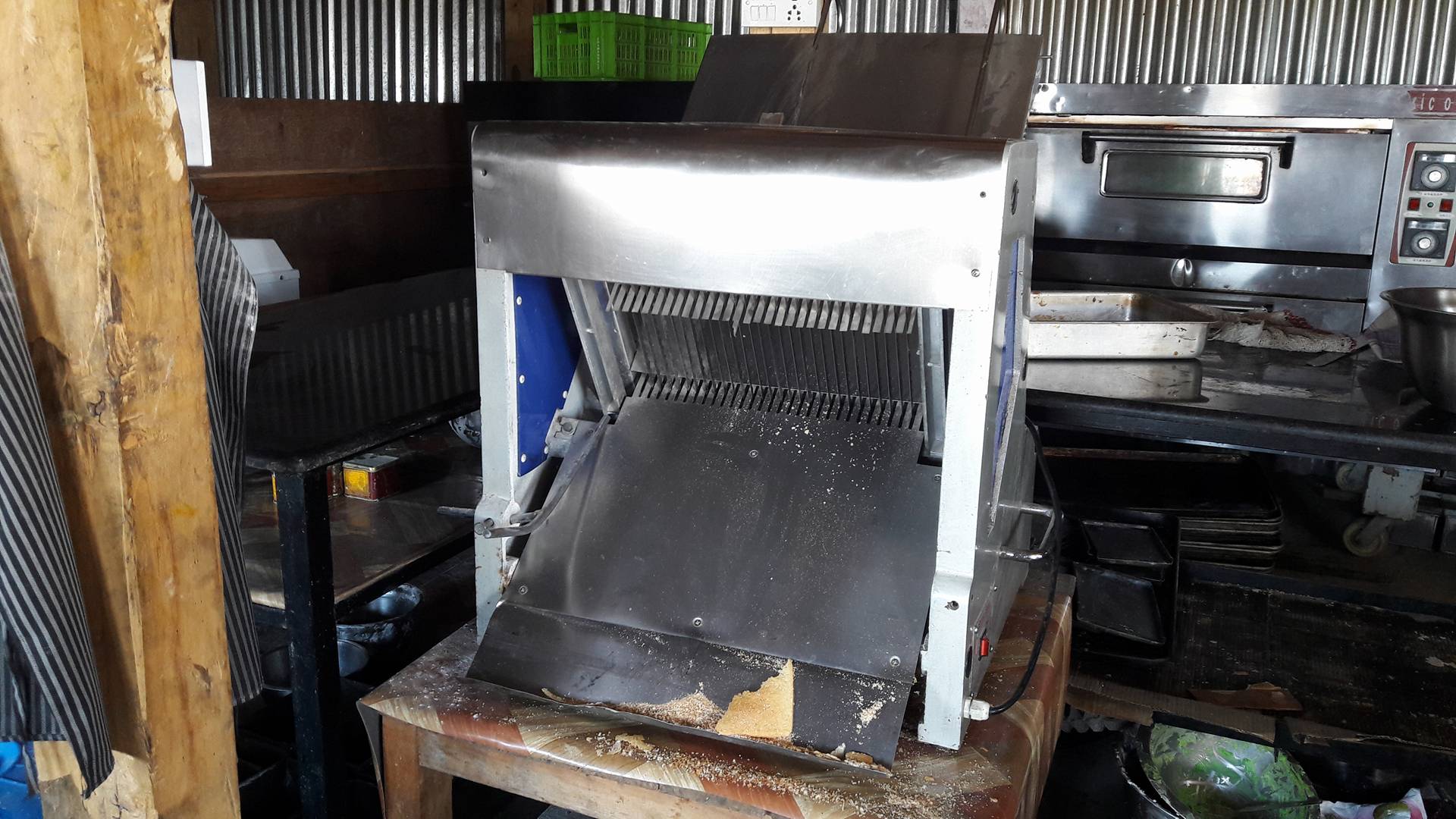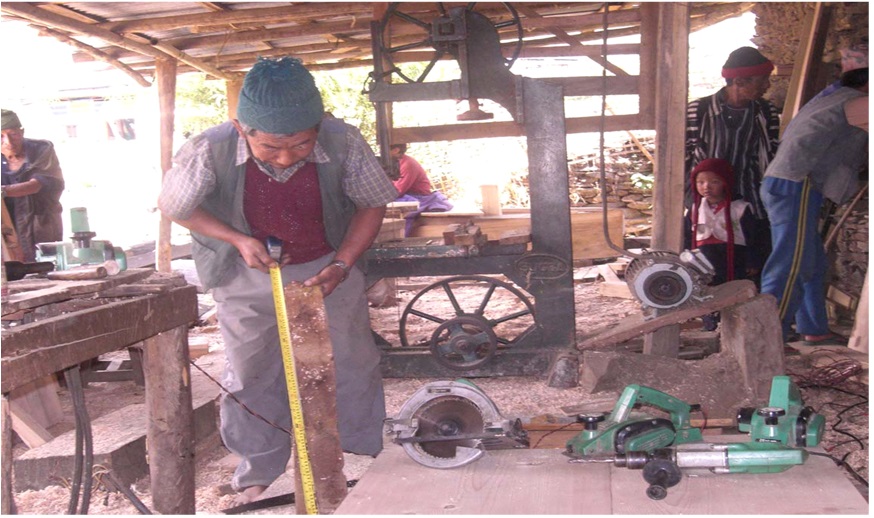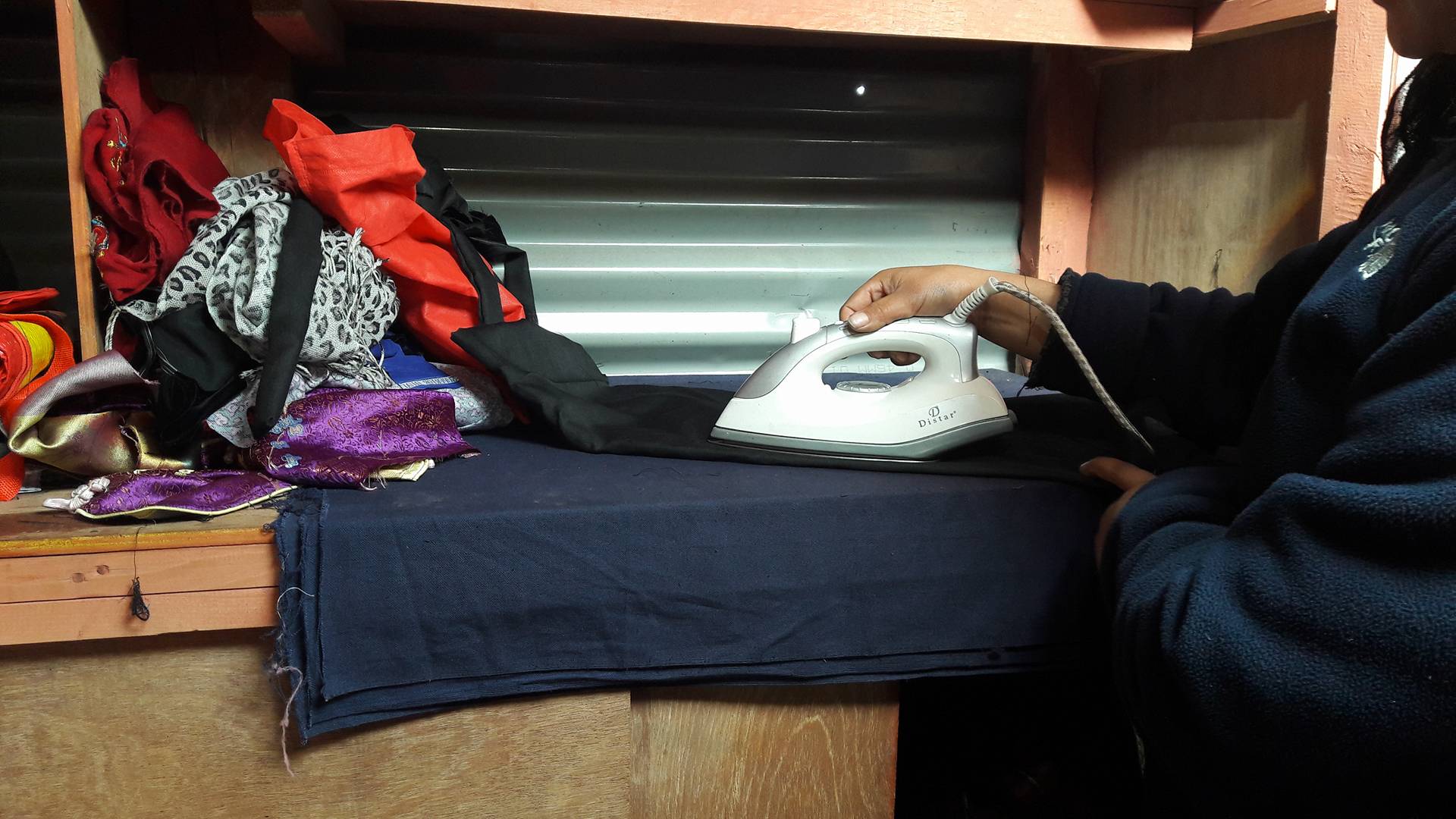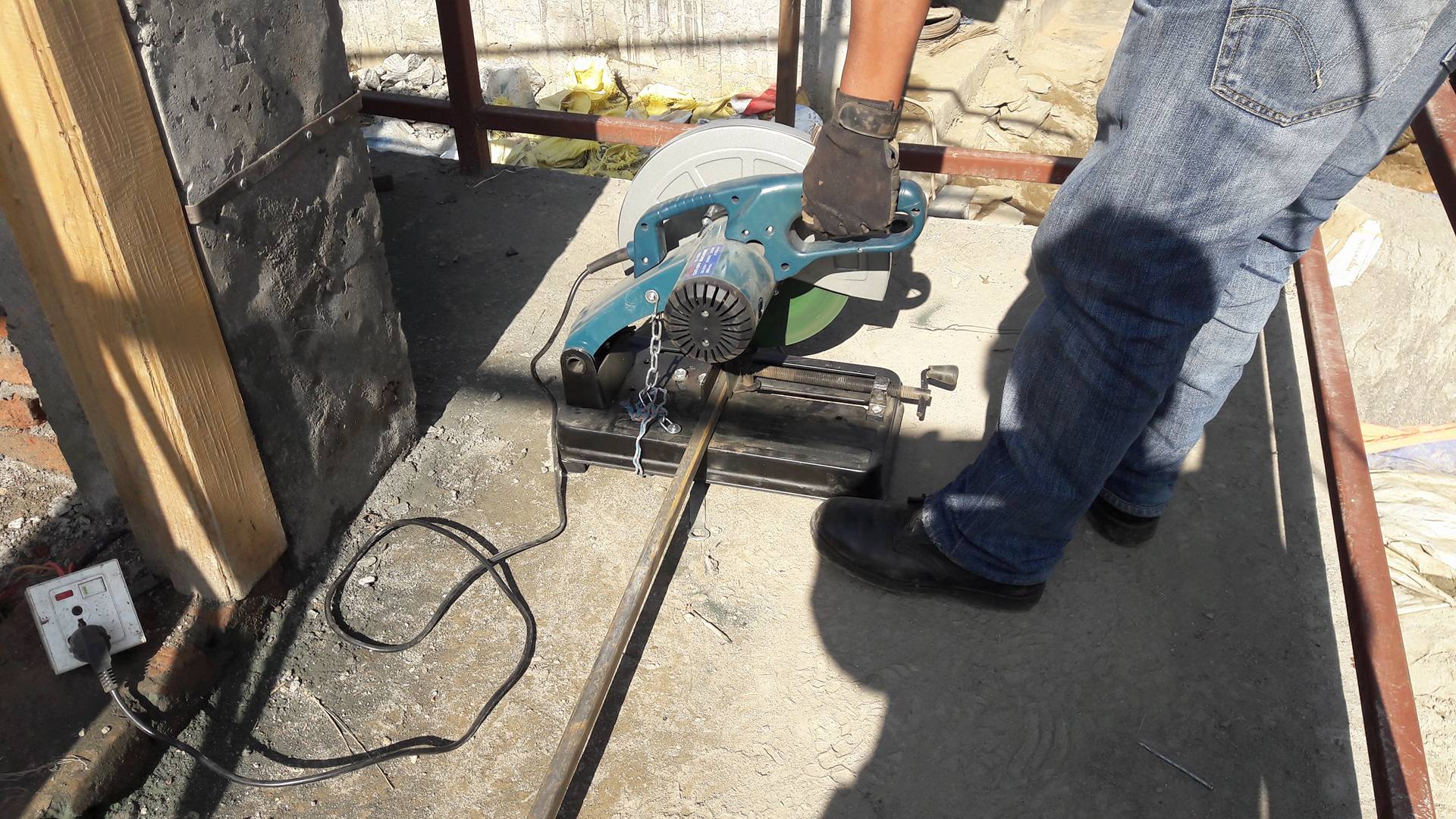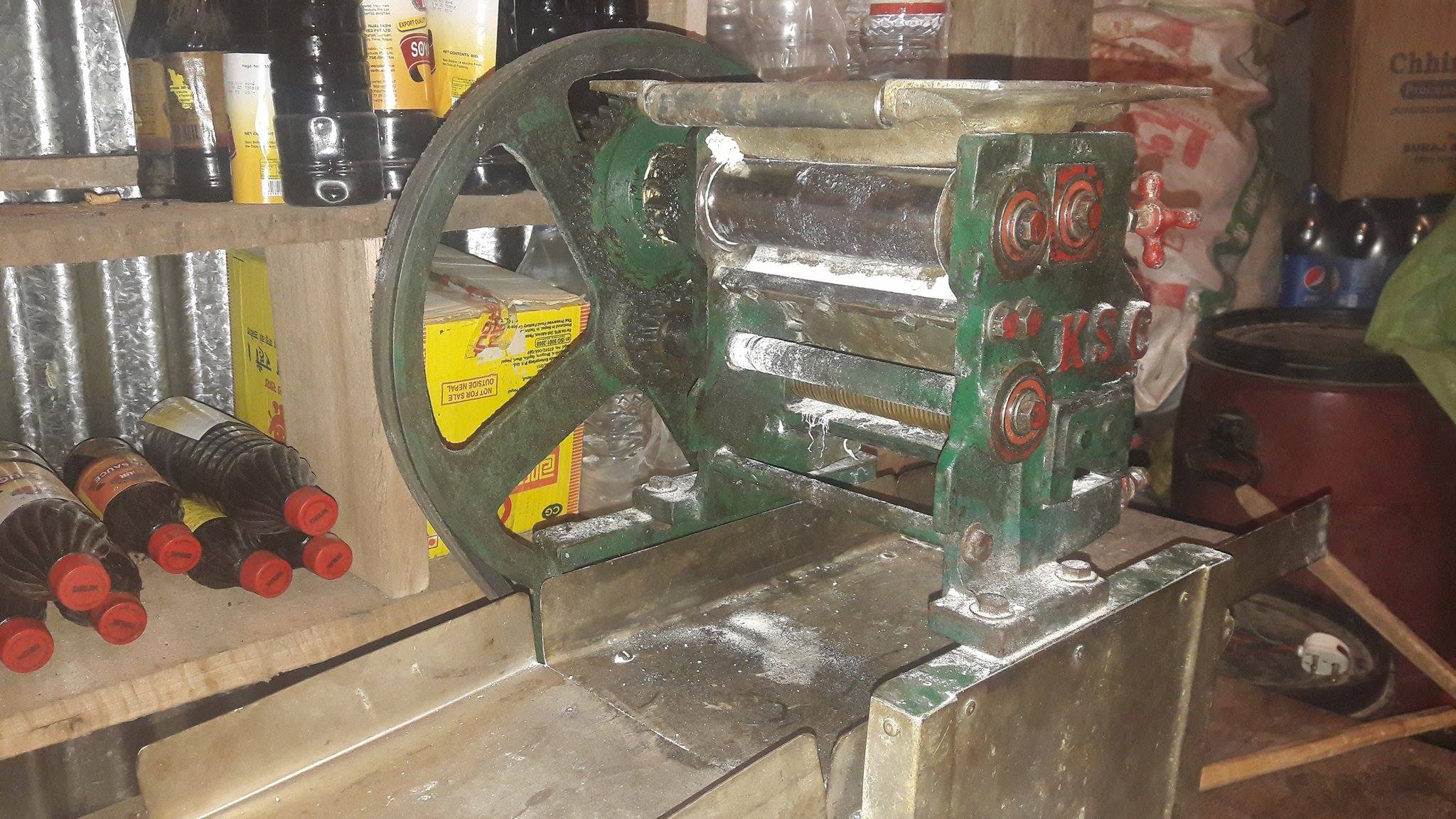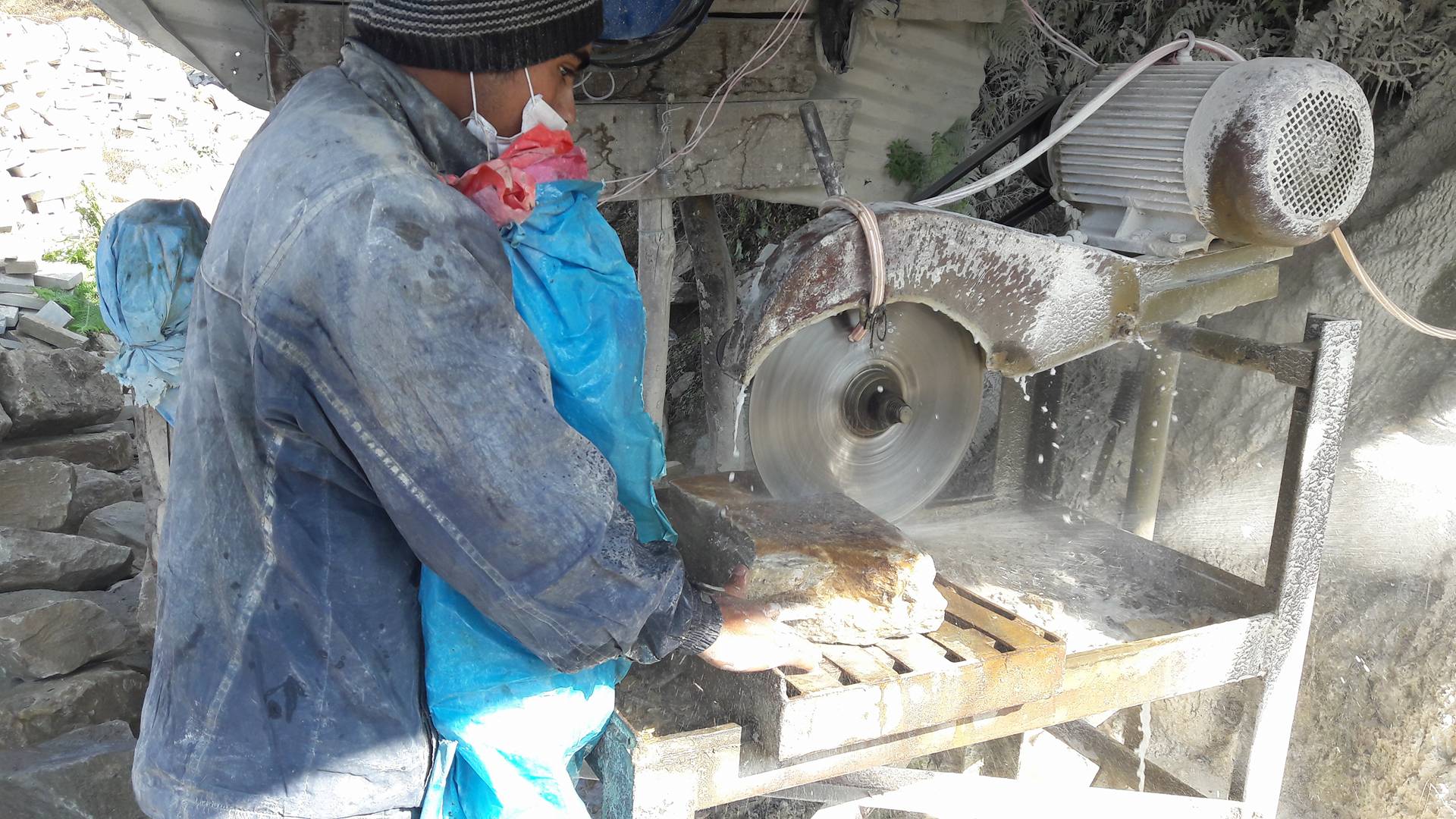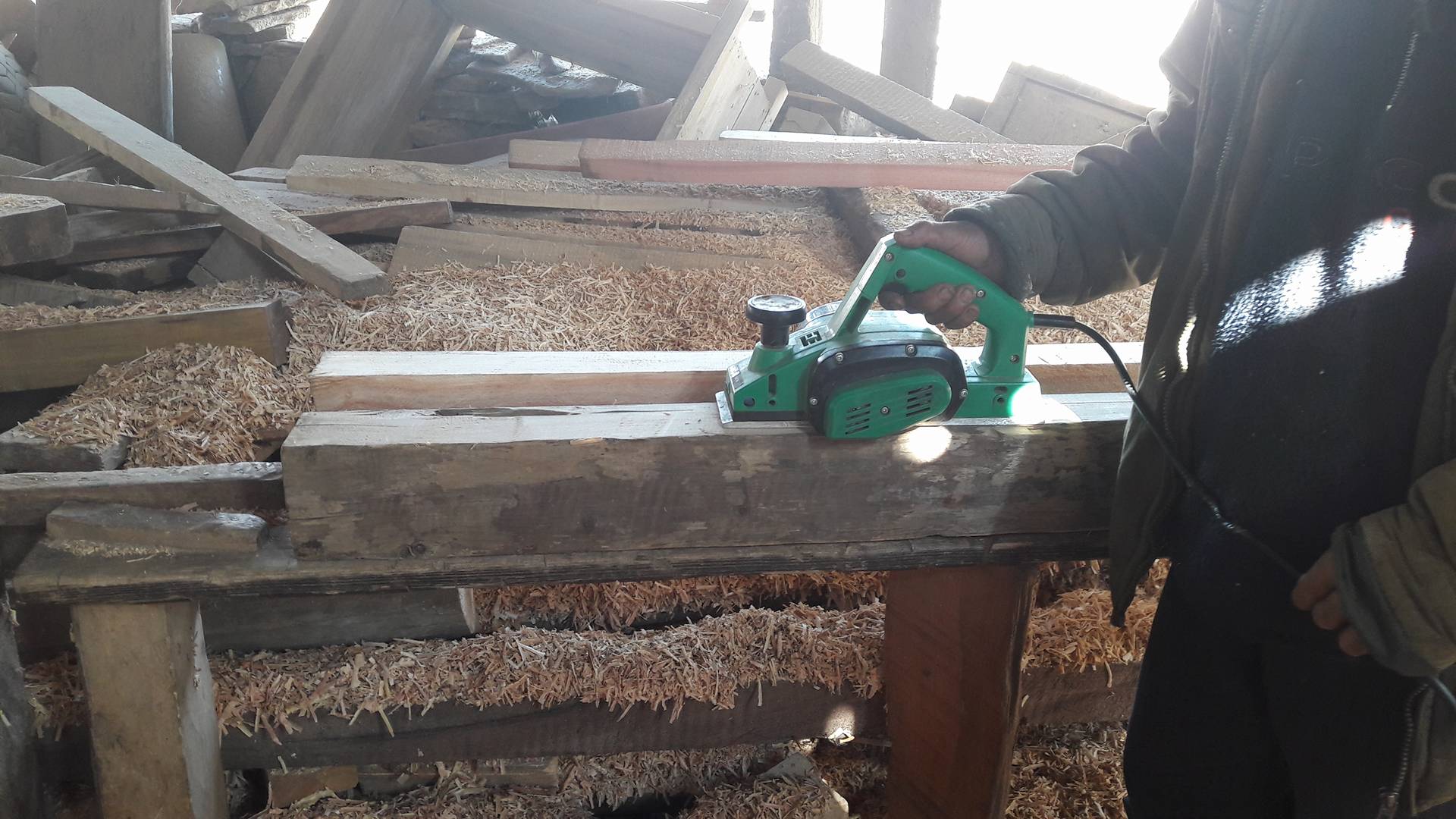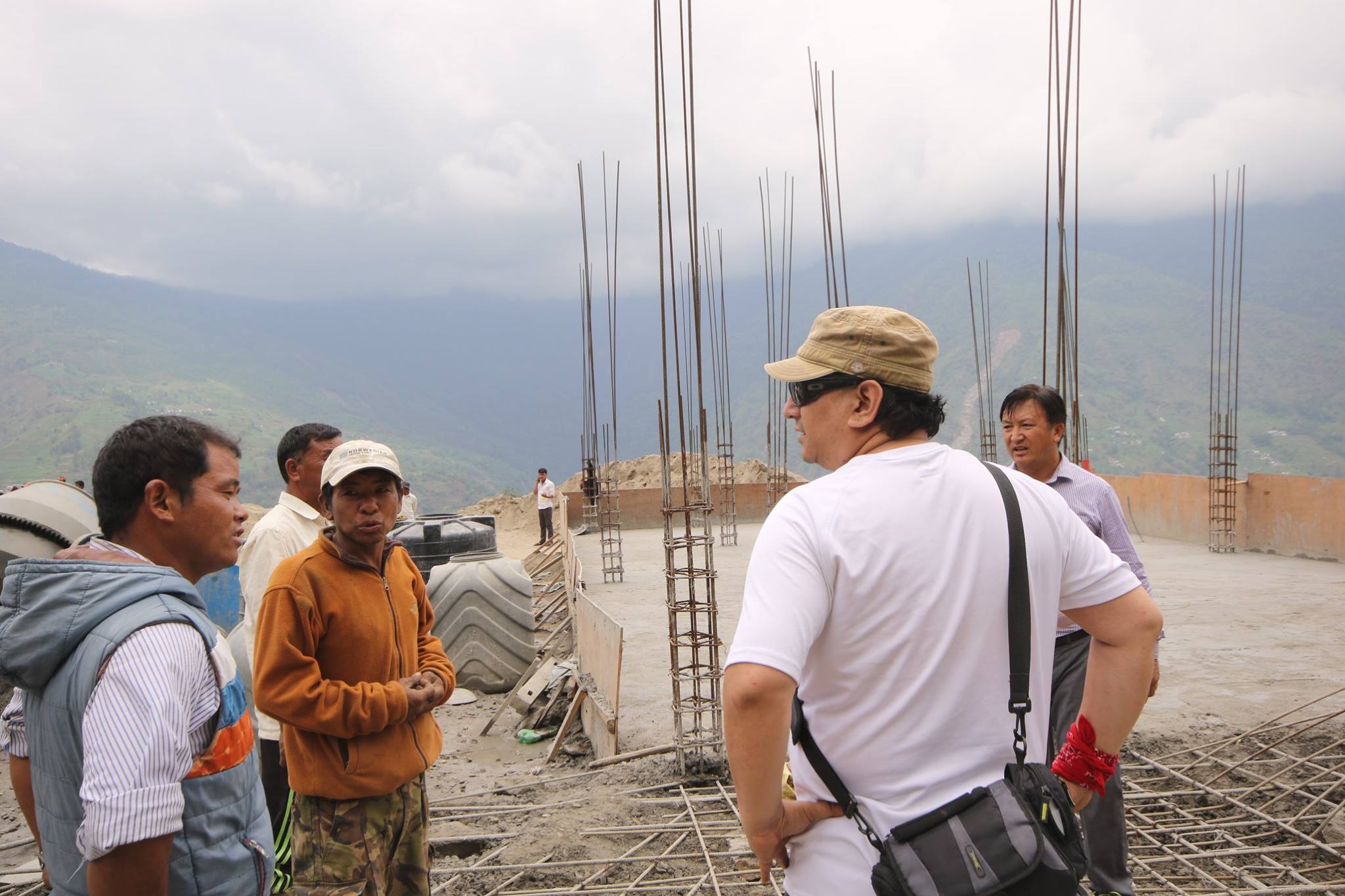
Building Barpak’s first financial institution, and disbursing loans to local businesses:
The setting up of a community cooperative was a major milestone for Barpak, which never had a banking institution of its own. The cooperative, which took substantial efforts to start up would help in the revival, growth and sustainability of the local economy. Initial capital investment provided through the National Geographic grant was crucial in making this happen.
Working with the Barpak Rural Electrification consortium, Gorkhaly Foundation facilitated formation of a community cooperative that served as the financial institution for the disbursement of US$ 30,000 to local Businesses provided through the grant. The community cooperative was registered under the laws of Nepal and of the Nepal Rastra Bank to serve as an intermediary to mobilize soft loans. With guidance from the village advisory committee, the cooperative shortlisted 13 local businesses and approved loans to them referring also to the business plans. The loans were disbursed during the first Annual General Meeting of the cooperative on May 1, 2017. The loans supported local business in securing initial capital cost for construction, rehabilitation and for purchase of major equipment. An advisory council in the village was responsible for ensuring that the cooperative adhered to the terms and conditions agreed upon with related parties during setup. Gorkhaly Foundation further worked with the Kings College of Kathmandu, students from where visited Barpak, and worked with local entrepreneurs to develop business plans to estimate rehabilitation expenses. These served as important tools for loan approvals and M&E.
The purpose of the business plans were to:
- Help local businesses evaluate costs of repair, upgrade of their business, and;
- Provide the cooperative a framework to justify loans to the businesses. 7 comprehensive business plans were developed which served as case studies for the cooperative as well as other local businesses.
Our aim in Barpak was to restore the local economy through investments in rehabilitation of electricity, as well as local businesses that would then consume electricity.


